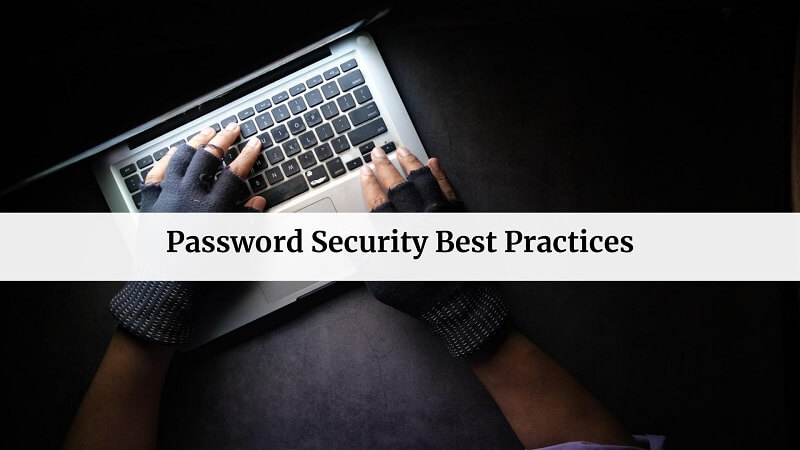
Hey guys, In this article, we will discuss password security best practices in 2024. So keep reading.
The password has been a trusted guardian of private information since the early days of the internet. Back then, the typical user probably didn’t need to have more than a few passwords.
But things have changed. Today, the average user has to manage a dramatically increased number of passwords.
We have numerous social media accounts, email, subscriptions, and other online services that require authentication.
Data shows that a typical user has roughly 100 passwords. But that’s a lot of information to memorize. As a result, many users resort to easy, memorable passwords that they can remember easily.
Some will even use the same password for numerous online accounts, making it easy for hackers to perpetrate data breaches. Verizon’s 2020 Data Breach Investigations Report shows that 67% of data breaches leverage weak or compromised passwords.
Guide To Secure Passwords And Logins
When used correctly, passwords can be a very effective way to protect personal data and IT systems from unauthorized access.
But most people need to use passwords appropriately, making login credentials a lucrative target for hackers and other online threat actors.
Here are a few password security best practices you can implement to improve your password security and protect your data.
Use Strong Unique Passwords
Seeing as the password is your first line of defense against malicious online actors, you need to make sure that your passwords are an effective deterrent. You can do that by using strong and unique passwords for all your online accounts. But what constitutes a strong password?
Security experts recommend a password with a minimum of 12 characters. A strong password contains a random combination of letters (uppercase and lowercase), numbers, and symbols.
‘Unique’ in this case means ‘different.’ In other words, don’t reuse passwords. Password recycling makes it easier for hackers to breach multiple accounts at once.
Use Two-Factor Authentication (2-FA)
Strong passwords are harder to break with brute force, but they can also be stolen through hacking. Two-factor authentication (2-FA) is one of the most effective ways to provide additional protection for your password-protected accounts. 2-FA involves sending a one-time secondary password to a phone number registered to you.
The other common method of authentication is biometrics. Users are required to prove they are who they say they are via a face scan, palm scan, or fingerprint. If you have 2-FA activated, your email, social media, online banking, etc., are less likely to be compromised.
Use A Password Manager
Given the average internet user’s large number of online accounts, keeping track of all the different passwords and logins takes a lot of work. As a result, many people forget their passwords and consequently get locked out of their accounts.
As a matter of fact, the average internet user in the United States is locked out of ten online accounts per month.
A password manager offers a solution to this problem. This software utility helps users store their passwords and other login credentials securely in the cloud.
The app itself is encrypted, and you’ll have to use a security key to access your passwords, but that’s the only password you have to remember. A password manager auto-fills your passwords instantly.
Security Tools To Further Secure Your Online Activities/ Network
In addition to improving your password security, you also need to make sure that your system and network are protected from other online threats.
Taking additional online security measures, such as installing a VPN (Virtual Private Network) on your devices, can reduce the risk of password theft. A VPN scrambles your internet traffic and hides your IP address.
A VPN is particularly important when browsing via a public Wi-Fi connection. It routes your web traffic through a secure tunnel, making it impossible for hackers to intercept your traffic and eavesdrop on your communication.
In an MITM attack, hackers can also use packet sniffers to steal login credentials from the network.
Your password protects a wealth of personal information. Weak or compromised passwords remain one of the most common hacking tactics used by cybercriminals to perpetrate data breaches.
To protect your online accounts from data breaches, review your password hygiene and consider improving the strength and security of your passwords. Use the above tips to keep your digital accounts safe.
So that’s all from this blog. I hope you liked this article on password security best practices in 2024.

